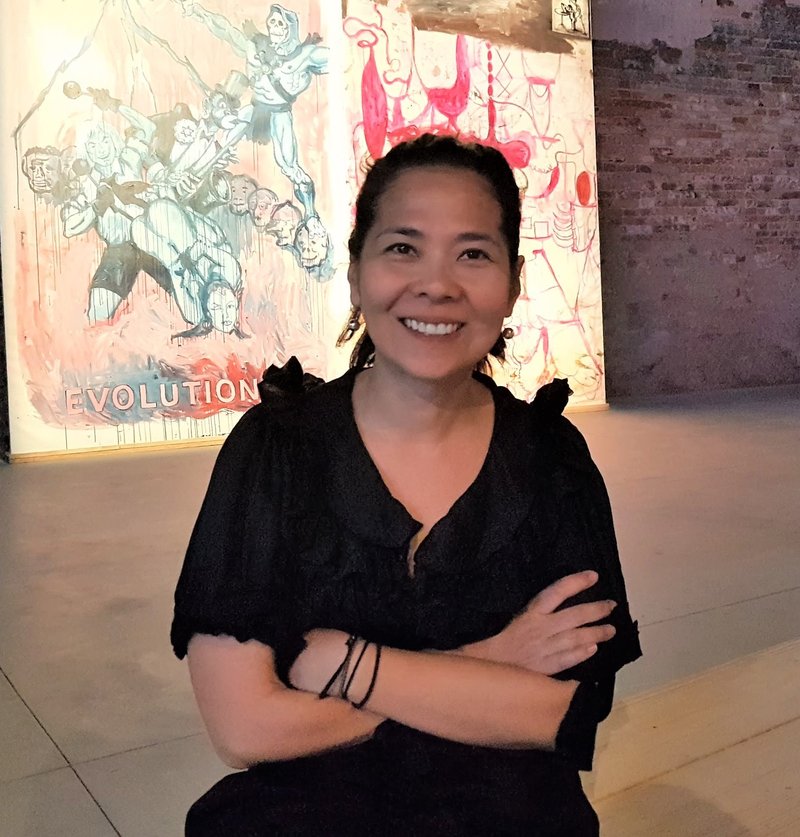Joselina Cruz

Joselina Cruz. Director/Curator, Museum of Contemporary Art and Design (MCAD) Manila, Philippines
Years professionally involved in the contemporary art museum field: 25 years
Short bio. Describe also your involvement with CIMAM and the museum community:
Currently Director and Curator at the Museum of Contemporary Art and Design (MCAD) Manila which is part of the De La Salle-College of Saint Benilde. I curated the Philippine Pavilion at the 2017 Venice Biennale, and was a curator for the 2008 Singapore Biennial and the Jakarta Biennale in 2009. I previously worked as a curator for the Singapore Art Museum and The Lopez Memorial Museum in Manila. I have produced exhibitions and commissions with various artists like Michael Lin, Paul Pfeiffer, Haegue Yang, Tromarama, Lani Maestro, and Manuel Ocampo. I have only recently become an independent member of CIMAM, but my organization has been an ICOM/CIMAM member for many years now. As director of a contemporary art museum in Manila without a collection, I have been very active in producing exhibitions and projects that create networks and artistic connections across the globe and the Philippines. The pandemic was especially challenging, but still, we managed to partner with like-minded institutions across the world from Ballroom Marfa to the Bag Factory in Johannesburg to MMCA, Seoul and M+ to produce exhibitions. These opportunities provide points of contact for the local public and larger artistic conversations and vise versa.
Motivation Statement: How can you contribute to CIMAM's mission and strategic goals by being a Member of the Board? (i.e strategy, membership, fundraising, governance, network in strategic regions, availability, knowledge or skills in a specific area):
As a curator working in the Philippines I can contribute to CIMAM’s goals and mission by creating awareness amongst creative institutions of CIMAM’s activities and its support of spaces, activities, and individuals through generous networks and cooperation. It is important to have a body like CIMAM actively supporting established and fledgling (and often, struggling) creative institutions, groups, and practitioners in Southeast Asia, as well as recognize the complexity of voices from these spaces.
These efforts will surely affect how these members participate in the debates that are presented in the various topics of CIMAM’s many conferences and talks. Southeast Asia continues to be a growing region in terms of artistic and creative activities, but also one that now plays a large role in shaping the form of what an institution can look like, how curating is practiced, studied and learned, and now challenges the forms of what exhibition-making consists of.
These practices and evolution of modern and contemporary art spaces can only rise to the top and be recognized if they are drawn to become members, or made aware of CIMAM’s work. Drawing membership across allows for strategies to be considered through specific contextual lenses. CIMAM should have a bigger number of independent members who find the activities of CIMAM worth becoming members of.
Describe briefly the expectations of your involvement as a CIMAM Board member and how you envision CIMAM's priorities in the next years:
As a member of CIMAM’s Board, I can be involved by bringing awareness of CIMAM and widening its network by drawing larger membership base. I can also work with the other members to produce CIMAM activities that can bring in more independent practitioners to join CIMAM.
Institutions will continue to struggle for survival after the pandemic (the ongoing war in Ukraine and the consequent losses in architecture and cultural artifacts)and the efforts of CIMAM to have relevant projects like sustainability and the Museum watch program should continue to be prioritized. CIMAM should also address the losses of manpower within the industry and recognise this as a crisis of survival among art and cultural workers, and consequently, of our institutions.